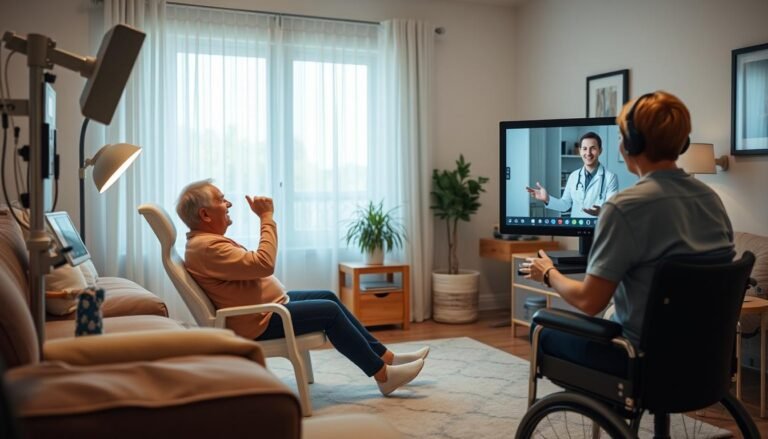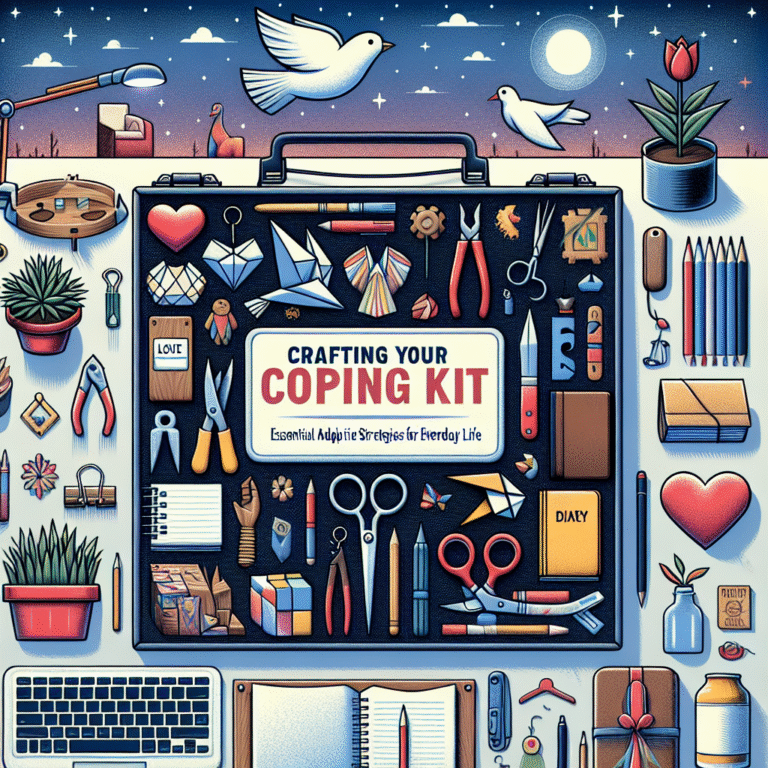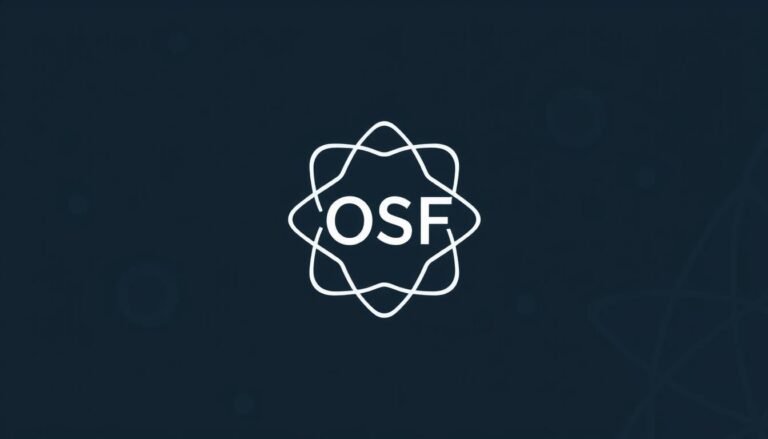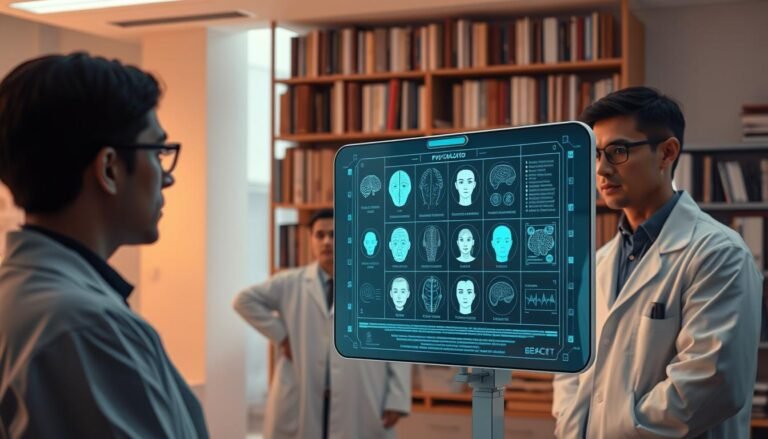
Introduction
In today’s competitive job market, millions of individuals face barriers that prevent them from securing meaningful employment. This is especially true for people with disabilities, veterans, and those recovering from illness or injury. Here’s where vocational rehabilitation steps in as a crucial resource. Bridging the Gap: The Essential Role of Vocational Rehabilitation in Job Placement is about empowering people by providing them with the skills and resources necessary for job placement success. In this article, we will dive deep into how vocational rehabilitation acts as a vital link between individuals seeking work and the ever-changing labor market.
Understanding Vocational Rehabilitation
To fully appreciate the role of vocational rehabilitation, it’s essential to define what it entails. At its core, vocational rehabilitation refers to a range of services designed to help individuals with disabilities find, maintain, and advance in employment. These services often include:
- Assessment: Evaluating skills, interests, and specific barriers to employment.
- Counseling: Providing insights and emotional support during the job search process.
- Training: Offering vocational training to develop necessary skills.
- Placement Services: Matching clients with job opportunities.
Case Study: The Power of Tailored Training
Consider the case of Lisa, a single mother with a hearing impairment. Through a local vocational rehabilitation program, Lisa received specialized training in graphic design. Not only did this training equip her with valuable skills, but it also provided her with a supportive network of professionals in her field. After completing her program, Lisa secured a job at a marketing firm, showcasing how tailored training can lead to successful placements.
Why Vocational Rehabilitation is Essential
1. Breaking Down Barriers
Many individuals face unique hurdles in their job search, from physical disabilities to lack of access to resources. Bridging the Gap: The Essential Role of Vocational Rehabilitation in Job Placement highlights how these programs work collaboratively with individuals to break down these barriers. They provide tailored solutions that address each person’s specific needs.
Table 1: Common Barriers to Employment and Rehabilitation Solutions
| Barrier | Rehabilitation Solution |
|---|---|
| Physical disabilities | Adaptive technology and ergonomic workspaces |
| Lack of skills | Vocational training programs |
| Social isolation | Networking opportunities and support groups |
| Stigmas and biases | Awareness campaigns and advocacy |
2. Empowering Individuals
Vocational rehabilitation empowers individuals by instilling confidence. With professional guidance and real-world skills, clients can transform their lives. This empowerment not only impacts their job prospects but also positively affects their mental health and overall quality of life.
Case Study: Veterans Regaining Themselves
Take, for instance, the case of Mark, a veteran who struggled after returning from active duty. Through a vocational rehabilitation program tailored specifically for veterans, Mark learned how to adapt his military skills for civilian job opportunities. Not only did he land a job in project management, but he also found a renewed sense of purpose. His story exemplifies how vocational rehabilitation doesn’t just provide job placement; it helps individuals regain their identity and confidence.
The Role of Employers
Building Awareness and Inclusivity
Employers play a crucial role in the success of vocational rehabilitation initiatives. By participating in these programs, employers gain access to a diverse pool of talent, which can enhance creativity within their teams. Furthermore, advocating for inclusivity fosters a work environment that values all individuals.
Chart 1: Benefits of Inclusive Hiring Practices
- Increased Diversity: More diverse teams lead to varied perspectives and innovation.
- Enhanced Loyalty: Employees appreciate a company that values diversity and inclusiveness.
- Tax Incentives: Employers may qualify for tax credits for hiring individuals with disabilities.
3. Partnerships with Educational Institutions
Establishing partnerships with educational institutions allows vocational rehabilitation programs to stay current in terms of job requirements and emerging technologies. This collaboration ensures that all training aligns with the needs of modern employers.
Case Study: A College-Industry Collaboration
One successful model is a collaboration between a community college and local tech companies. Through this partnership, students enrolled in vocational rehabilitation programs received direct access to internships and job placements. This initiative not only provided students with hands-on experience but also allowed businesses to train potential employees tailored to their specific needs.
Measuring Success
To truly understand the impact of vocational rehabilitation, it’s essential to look at measurable outcomes. Success can be quantified in various ways:
- Job Retention Rates: Tracking how long an individual maintains their job post-placement.
- Income Increase: Monitoring income levels before and after securing employment.
- Client Satisfaction: Conducting surveys to measure clients’ experiences and feedback.
Table 2: Measuring Outcomes of Vocational Rehabilitation
| Outcome Metric | Pre-Rehabilitation Average | Post-Rehabilitation Average |
|---|---|---|
| Job Retention Rate | 40% | 75% |
| Average Annual Income (USD) | $25,000 | $45,000 |
| Client Satisfaction Score (1-10) | 5 | 9 |
Future Trends in Vocational Rehabilitation
1. The Rise of Remote Work
With the increase in remote job opportunities, vocational rehabilitation programs must adapt to prepare clients for this new workforce landscape. Offering online training and remote job placement services will become critical.
2. Technological Integration
Advances in technology can help revolutionize vocational rehabilitation. Tools such as virtual job fairs, online training platforms, and AI-driven job matching systems can enhance the efficiency and reach of these programs.
Case Study: Technology Opens Doors
After implementing a digital platform for job placements and training, an urban rehabilitation program reported a 50% increase in job placements within a year. Virtual reality tools were particularly effective in helping clients practice for interviews in a realistic setting.
Conclusion
The role of vocational rehabilitation is undoubtedly essential in bridging the gap between unemployment and meaningful work. As discussed throughout this article, these programs are instrumental in empowering individuals, breaking down barriers, and fostering a more inclusive workforce.
Motivational Takeaway
Every person possesses unique talents and skills. With the right support, including vocational rehabilitation services, countless individuals can secure meaningful employment and thrive. Whether you’re a job seeker, employer, or policy-maker, understanding the importance of vocational rehabilitation can lead to greater opportunities for all.
FAQs
1. What is the primary purpose of vocational rehabilitation?
Vocational rehabilitation aims to assist individuals with disabilities or barriers to find, maintain, and advance in meaningful employment by providing tailored training, support, and job placement services.
2. Who is eligible for vocational rehabilitation services?
Eligibility generally includes individuals with disabilities, veterans, and those recovering from illness or injury. Each state has specific criteria, often involving an assessment of individual needs.
3. How can employers get involved in vocational rehabilitation programs?
Employers can collaborate with rehabilitation agencies by providing internship opportunities, participating in training programs, and raising awareness about the benefits of inclusive hiring practices.
4. Are there costs associated with vocational rehabilitation?
Most services are provided at no cost to eligible individuals. However, specific programs might have associated fees based on income or resources, which may vary by state.
5. How can I find vocational rehabilitation services in my area?
You can search for local rehabilitation programs through state vocational rehabilitation offices, community service agencies, or local employment centers, which typically have resources available to assist job seekers.
In summary, Bridging the Gap: The Essential Role of Vocational Rehabilitation in Job Placement not only equips individuals for job success but transforms lives by opening doors to opportunities that might otherwise remain closed. By bringing together resources, training, and support, we can create a more inclusive and equitable workforce.

















